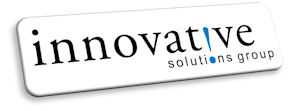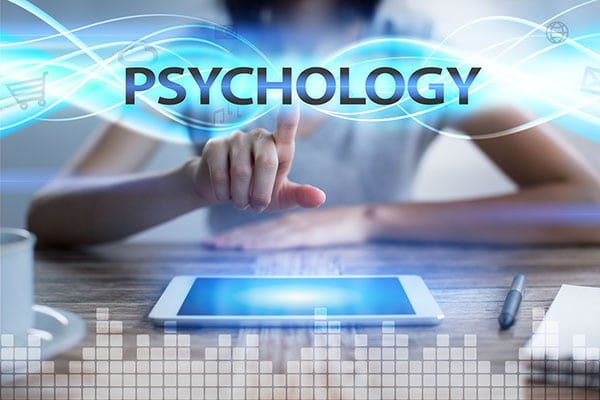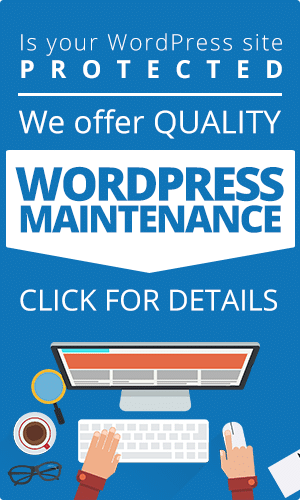You only have 7 seconds to make a first impression.
What does your web design say about you? Does it invoke trust? Does it bring about feelings of fear?
Does it leave people confused and disoriented?
Your web is your business card to the world. Making the right first impression is important.
Let’s explore how to use the psychology of web creation to send the right message.
Why Web Creation Psychology
We often take for granted how much the brain is doing at any given time. It’s constantly picking up on little signals like shapes, colors, patterns, style, and pictures, even when you think your
brain is completely focused on reading this blog.
All of this subconscious brain activity contributes to the overall perception that someone has of your website. A bad design from the psychological side of things can lose the sales as fast as slow load time can.
By understanding how various components impact the brain, you can develop a web design that helps you meet your business goals.
Patterns
The brain is constantly searching for a method in even the most extreme madness. If things appear to be random, your brain is constantly looking for the order in that chaos.
When there isn’t a method to be had, the brain will fill in the blanks.
That’s why a pile of clothes on a chair may have looked like a monster when you were a kid trying to sleep. Or you could swear that you see a dog sitting by a mailbox in the distance and when you get closer, you find out it’s a flowerbed.
So what does this have to do with web creation?
If your website appears disorganized in any way, people will naturally try to fill in the gaps.
They’ll become confused. They’ll have trouble navigating. It won’t be a good experience.
If they can’t find something, they assume it’s not there and start making assumptions about your business and website.
Dynamic web design is great but it should always be intuitive. These include a very well thought out:
- Navigation
- Blog Categories
- Layout
- Page hierarchy
Branding Consistency
Beyond having intuitive patterns, those patterns should be consistent across pages.
This creates a sense of comfort and trust in the mind of your visitor. They feel like they know what to expect.
Information is organized similarly. You’re using a recognizable color code to ease navigation. Your headings are clear and concise.The language on each page seems like it’s all coming from
one brand voice. And it speaks your customer’s language.
Fonts sizes, font styles, and font colors should be consistent across the site.
Emotional Triggers
Various elements can trigger fear, longing, guilt, etc. Or they can induce joy, inspiration, or sadness.
Consider what emotions best align with your brand message and the message on that page.
The images and language used on that page should evoke that emotion. But they should also align with the message.
A random fluffy kitty on a page about retirement investing may evoke an “Aw, how cute” emotion. But does this emotion make sense on this page?
What would be better for this page? You might include images of exotic places. You might have images of people spending time with family. You might include images of active seniors enjoying retirement worry-free and in great health.
If you had a dental website, the last thing you would want to do is use colors or images that evoke fear.
It may seem a little cliche, but yes, some people are still afraid of the dentist because of bad experiences in the past.
Instead, a dental web creation should include friendly inviting colors and images of people who are relaxed and looking happy to be there.
Color Psychology
We couldn’t do a psychology of web creation post without digging into some color psychology. The colors you use on your website send an instant message when people click.
If it’s the wrong message for the wrong person, they’ll leave and won’t be back. The wrong color scheme for the theme can leave people scratching their heads.
Here are some colors to know.
Red
Red is the color of passion. It can represent love. But it also represents anger.
In small doses, it can draw attention to something important. But if you’re using it as the main color for your site, you should intend to evoke some strong emotion, good or bad, about something.
But be careful when selecting colors in web creation when you’re moving into a new global market.
In South Africa, for example, red is the color of violence and death.
Orange
Orange signifies warm and energy. People may associate it with fall foliage, pumpkin pie, or Thanksgiving.
In China and Japan, orange is the color of love and happiness. It’s considered a lucky color.
Yellow
Yellow is the color of cheerfulness and warmth. It can also represent sickness, weakness, or cowardice in certain circumstances.
But be careful about using yellow if your marketplace is in China. Yellow is the color associated with pornography.
Blue
Most find blue calming. It’s considered a very trustworthy color. Many cultures consider it the color of spirituality, healing, and protection. It puts off good vibes to almost any audience.
Many business consultants, financial services, and healthcare providers use blues for this reason.
Green
To most, green will represent growth and rebirth. It’s also come to be associated with environmental awareness, organics, natural living, and health.
Most cultures around the world see green positively. But in South America where the forests are thick, deep and dark, green is associated with death.
With each of these colors, you can impact the psyche of individuals differently by combining the colors in web creation.
If you’re a financial advisor who’s also involved in environmental causes, you might choose blue and green as a scheme in your web creation.
Web Design Matters
Your website design says a lot about your brand. Are you trustworthy? Are you full of energy? Is this the message you want to send? It may be time to fix it.
Can people anticipate what they’ll find on the next page because of an orderly design? If not, it may be time to rethink your site structure and page to page branding.
To learn more about design, SEO and digital marketing, check out our blog.






